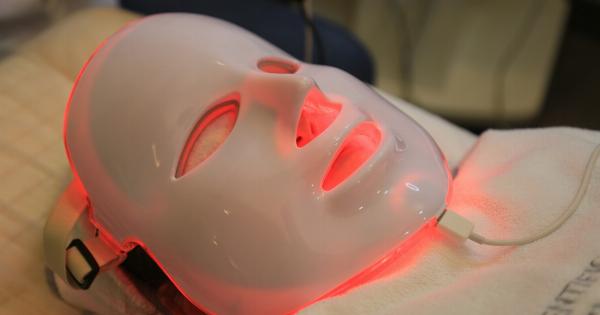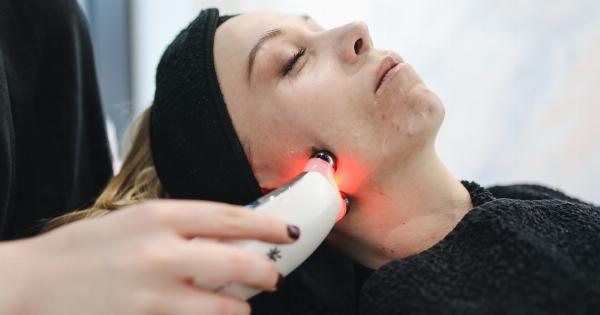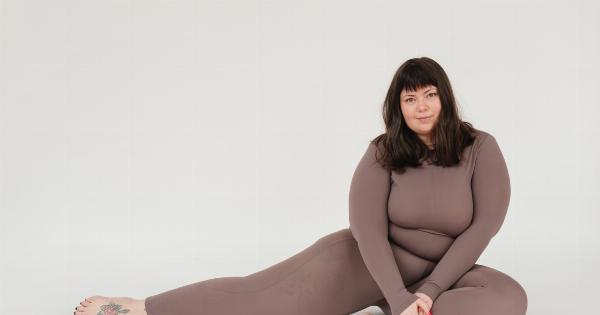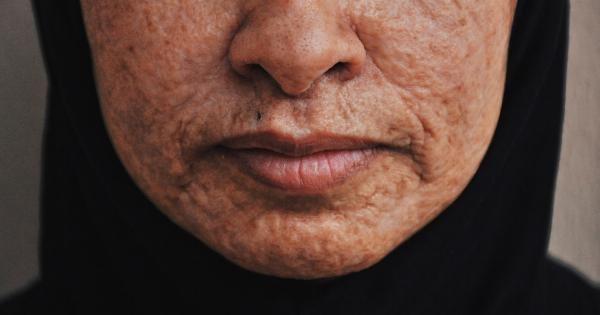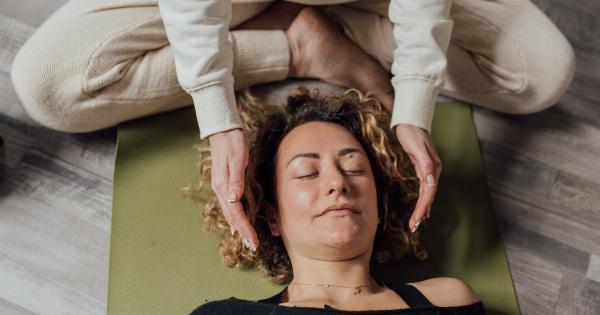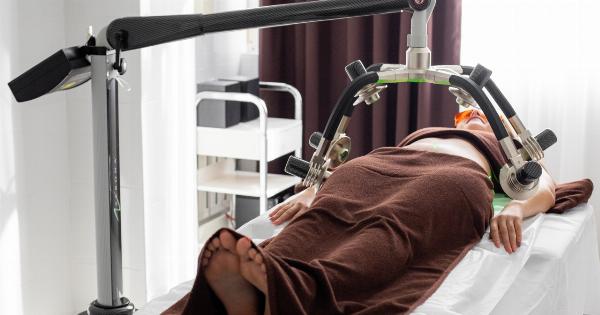Cellulite is a common skin condition that affects over 80% of women. Despite its prevalence, there is still a lot of confusion and misinformation about cellulite. Below are the 30 key facts that you should know about cellulite.
1. Cellulite is not a medical condition
Cellulite is not considered a medical condition and is not harmful to your health. It is merely a cosmetic concern, and many people seek treatment to reduce the appearance of cellulite for aesthetic reasons.
2. Cellulite is more common in women
Cellulite affects both men and women, but it is more prevalent in women. Hormones are thought to play a role in cellulite development, and women have more significant hormonal fluctuations throughout their lives than men.
3. Cellulite is not caused by being overweight
While being overweight can make cellulite more noticeable, it is not the cause. Even thin people can have cellulite, and weight loss may not always improve its appearance.
4. Cellulite is caused by structural changes in the skin
Cellulite is caused by changes in the skin’s structure that make it appear dimpled or lumpy. It happens when fat deposits push through the connective tissue beneath the skin, causing a puckering effect.
5. Genetics can contribute to cellulite development
Genetic factors can play a role in cellulite development. If your mother or grandmother has cellulite, you are more likely to develop it as well.
6. Cellulite can worsen with age
Cellulite is more common in older people as the skin becomes less elastic and thin. The appearance of cellulite can worsen as you age.
7. There are several different grades of cellulite
Cellulite is graded on a scale of one to four, with four being the most severe. Grade one cellulite is barely noticeable, while grade four cellulite is more severe and may cause discomfort.
8. Exercise can help reduce the appearance of cellulite
While exercise will not cure cellulite, it can help reduce its appearance by toning the muscles beneath the skin and increasing blood flow to the affected area.
9. Diet can affect cellulite development
There is no single diet that can prevent or cure cellulite, but a healthy diet that is low in fat, salt, and processed foods may help reduce its appearance.
10. Massage can temporarily improve the appearance of cellulite
Massage can help increase blood flow to the affected area, which can temporarily reduce the appearance of cellulite. However, the effects are not long-lasting, and multiple treatments are usually necessary.
11. Topical treatments can help reduce the appearance of cellulite
There are several topical treatments such as creams, lotions, and gels that can help reduce the appearance of cellulite. These treatments usually contain ingredients like caffeine, retinol, and antioxidants that help improve skin texture and firmness.
12. Laser treatments can break down fat cells
Lasers can be used to break down fat cells beneath the skin and boost collagen production, which can help reduce the appearance of cellulite.
13. Radiofrequency treatments can tighten the skin
Radiofrequency treatments use heat energy to stimulate collagen production and tighten the skin, which can help reduce the appearance of cellulite.
14. Ultrasound can help break down fat cells
Ultrasound treatments use sound waves to break down fat cells beneath the skin and improve blood flow, which can help reduce the appearance of cellulite.
15. Cellulite can cause psychological distress
Cellulite can affect a person’s self-esteem and body image, causing emotional distress and anxiety. Some people even avoid certain activities or clothing because of their cellulite.
16. Cellulite is not contagious
Cellulite is not infectious and cannot be spread from person to person. It is merely a cosmetic concern.
17. Cellulite can affect any part of the body
While cellulite is more common in certain areas of the body like the thighs, buttocks, and stomach, it can occur anywhere on the body where there is fat beneath the skin.
18. Cellulite can be more noticeable in certain lighting
The appearance of cellulite can vary depending on the lighting or the angle from which it is viewed. It may be more noticeable in harsh or direct lighting.
19. Cellulite can become more visible during pregnancy
Hormonal changes during pregnancy can make cellulite more noticeable, especially in the later stages when weight gain and fluid retention are more pronounced.
20. Smoking can worsen the appearance of cellulite
Smoking can reduce blood flow to the skin and weaken collagen, making cellulite more noticeable. Quitting smoking can help improve the appearance of cellulite.
21. Cellulite can be affected by clothing
Wearing tight clothing that restricts blood flow can worsen the appearance of cellulite. Loose-fitting clothes are a better choice if you are self-conscious about your cellulite.
22. Cellulite can be hereditary
If your family members have cellulite, you are more likely to develop it as well. Genetics can play a role in the development of cellulite.
23. Some people are more predisposed to developing cellulite
Some people are more predisposed to developing cellulite due to factors like hormonal imbalances, genetics, and lifestyle habits.
24. Cellulite can affect men
While cellulite is more prevalent in women, it can also affect men. Men are less likely to develop cellulite because of the differences in their connective tissue and fat distribution.
25. Cellulite is not caused by toxins
Contrary to popular belief, cellulite is not caused by toxins in the body. Detox diets or treatments will not cure cellulite.
26. Massage can help reduce the appearance of cellulite
Massaging the affected area can help improve circulation and lymphatic drainage, which can help reduce the appearance of cellulite.
27. Cellulite can be more noticeable in darker skin tones
Cellulite can be more visible in people with darker skin tones because the shadows created by the puckered skin are more apparent.
28. Cellulite is more common in women with a higher body fat percentage
Women with a higher body fat percentage are more likely to have cellulite. Losing weight may help reduce the appearance of cellulite.
29. Cellulite can be improved but not completely cured
While some treatments can help improve the appearance of cellulite, there is no cure. Maintaining a healthy lifestyle can help prevent the development of new cellulite, but existing cellulite may still persist.
30. Confidence is key
Ultimately, confidence is key. Cellulite is a common cosmetic concern that affects millions of people. It’s important to embrace your body and feel confident in your skin, regardless of any perceived imperfections.


